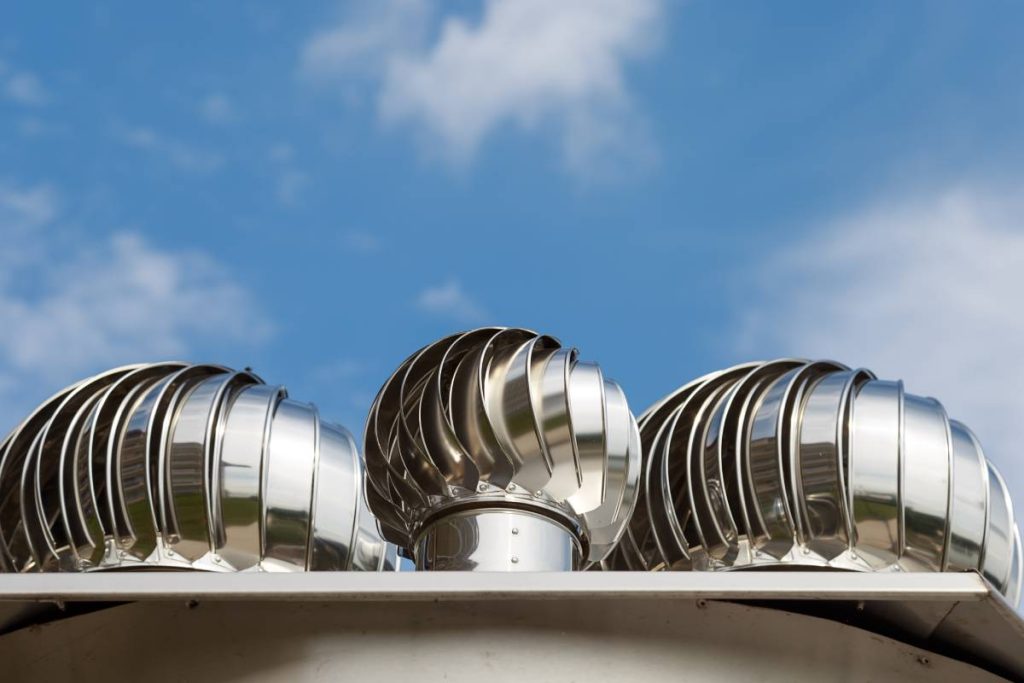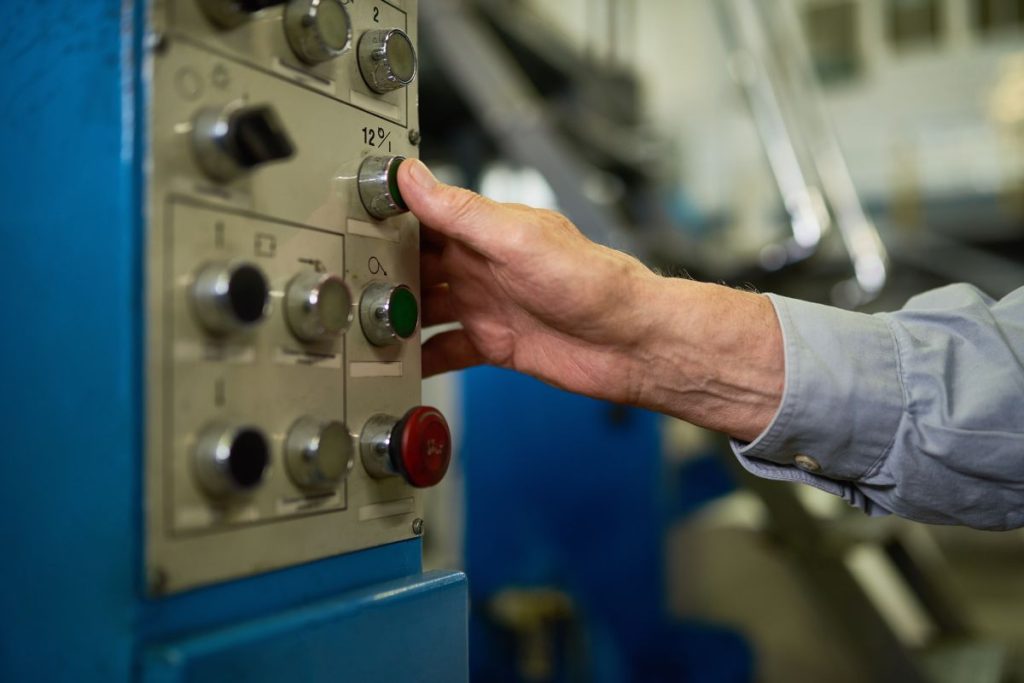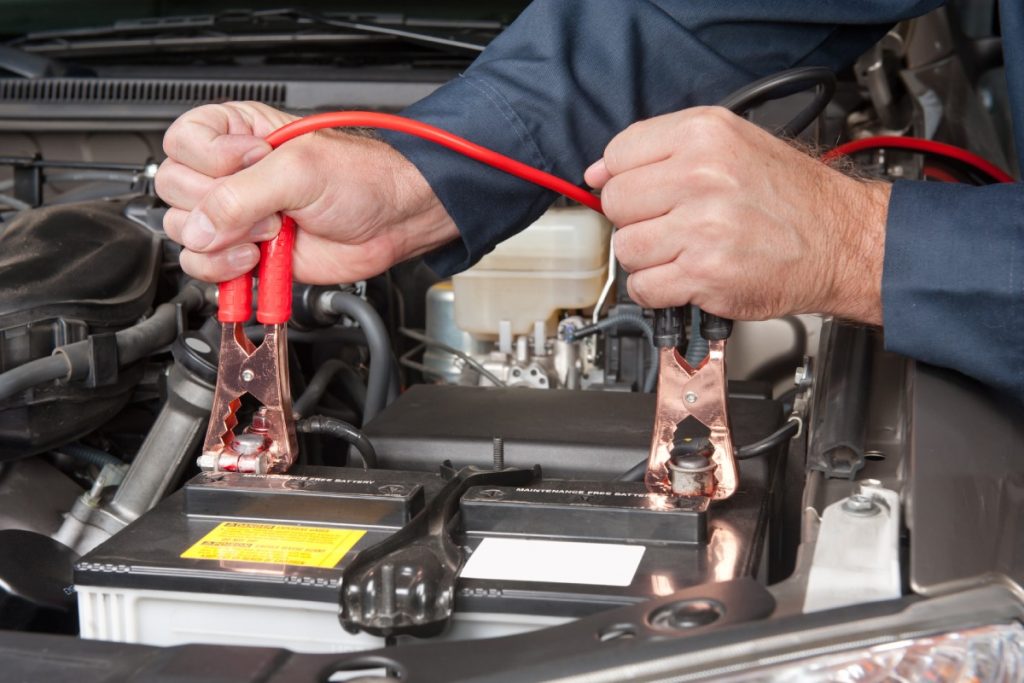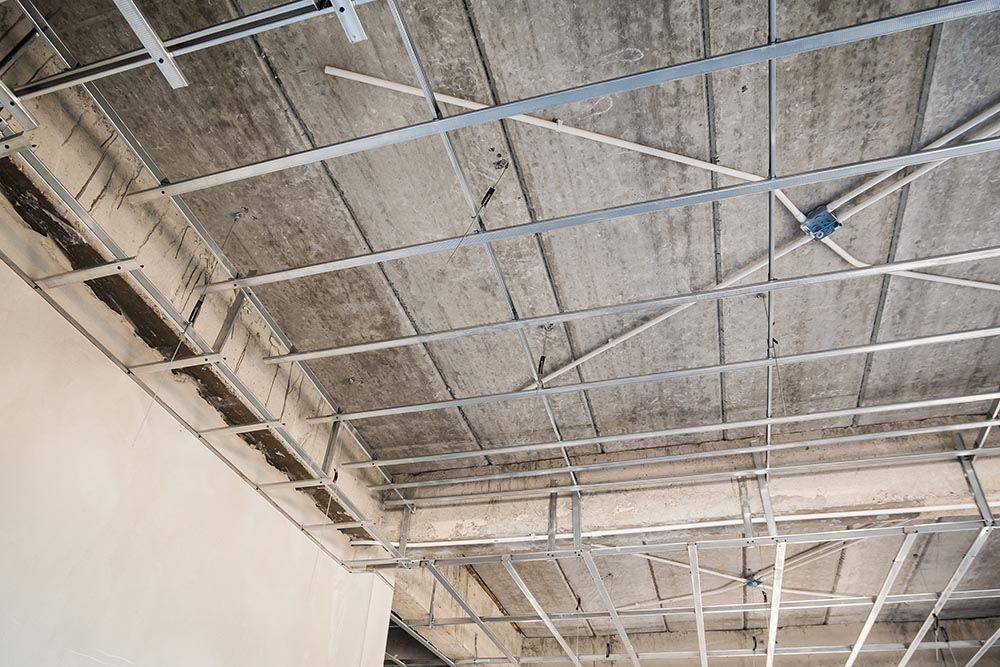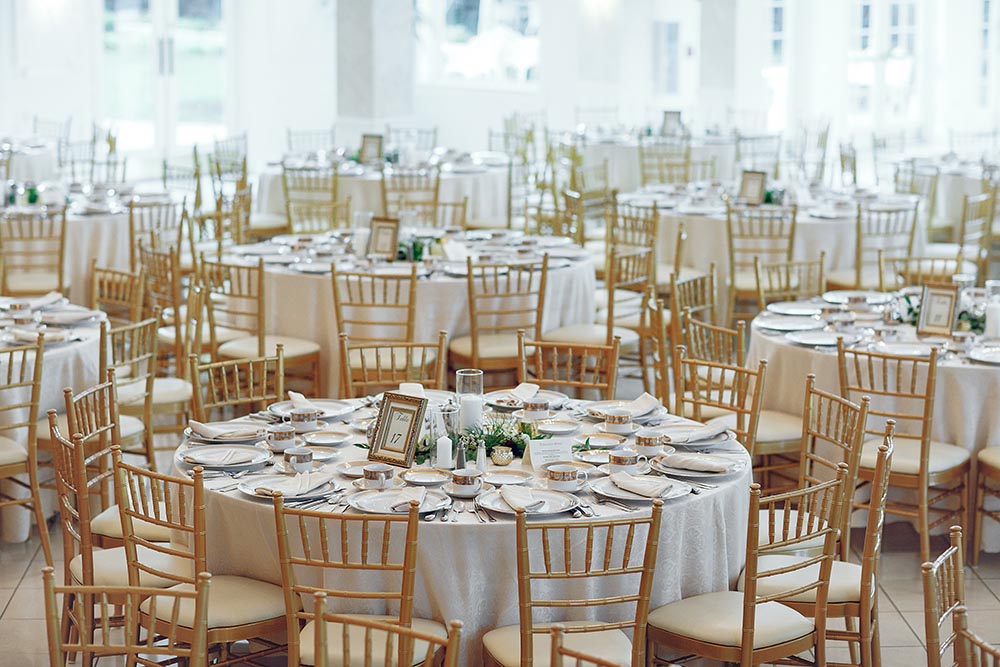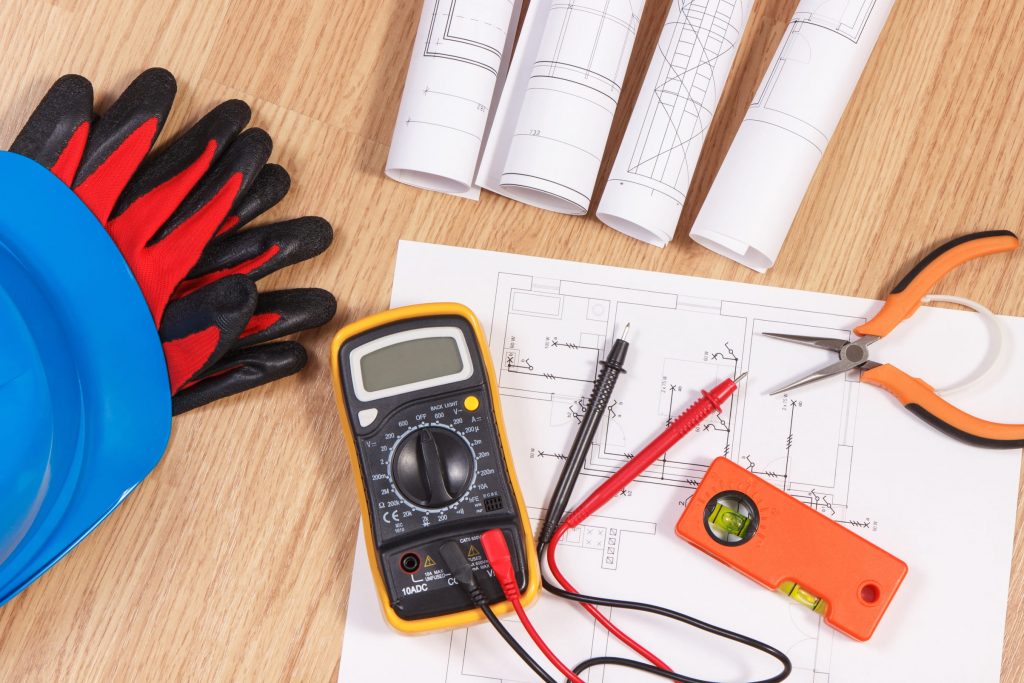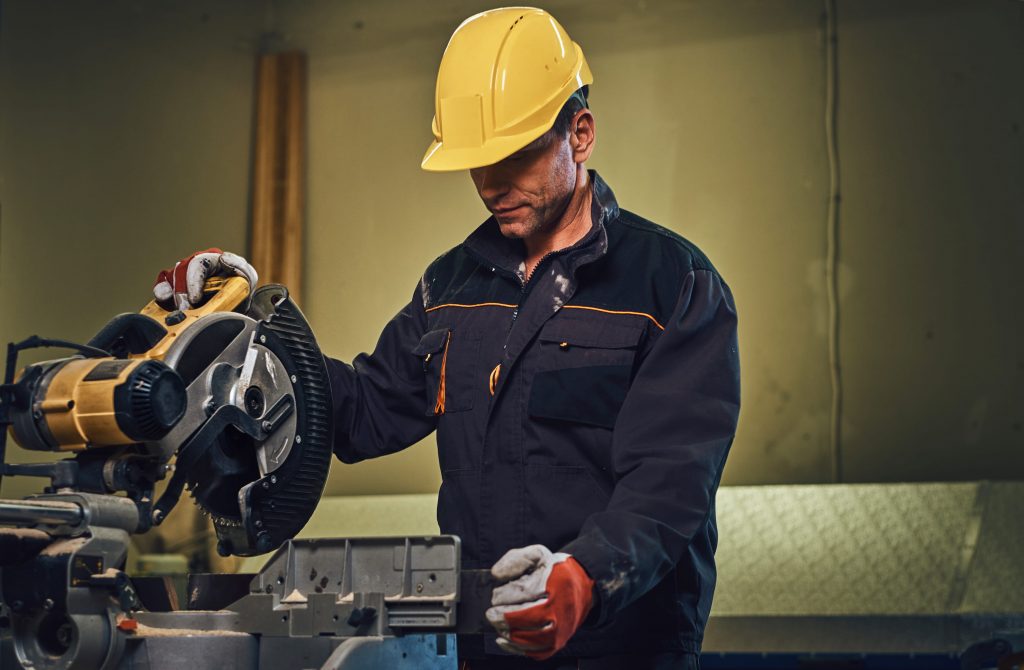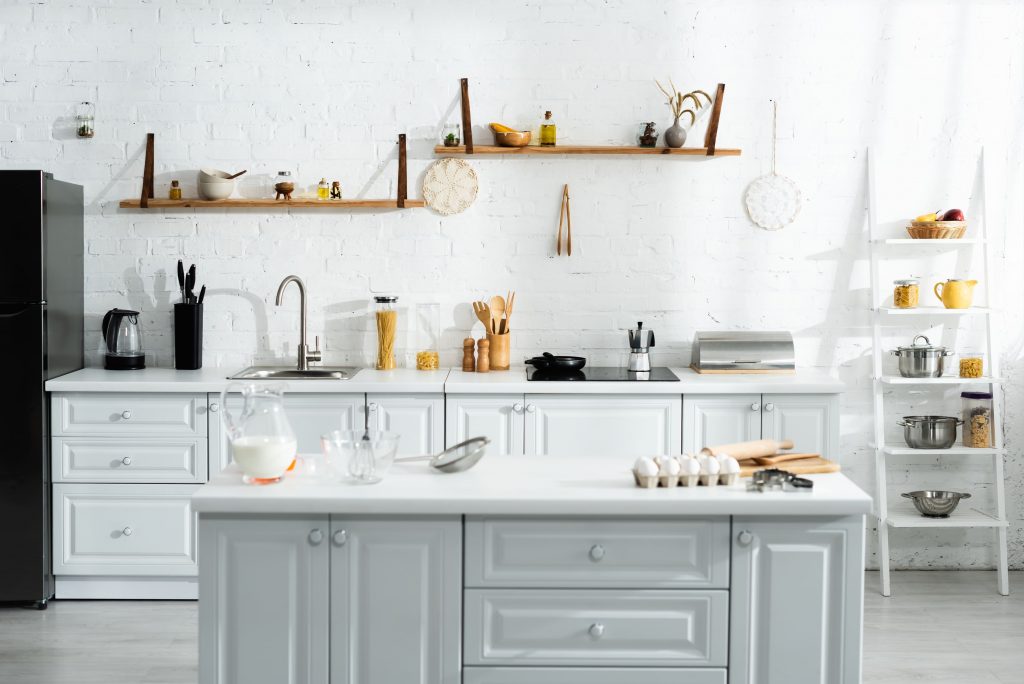What is a push button switch? What are the different types? What are the advantages and disadvantages of pushbuttons?
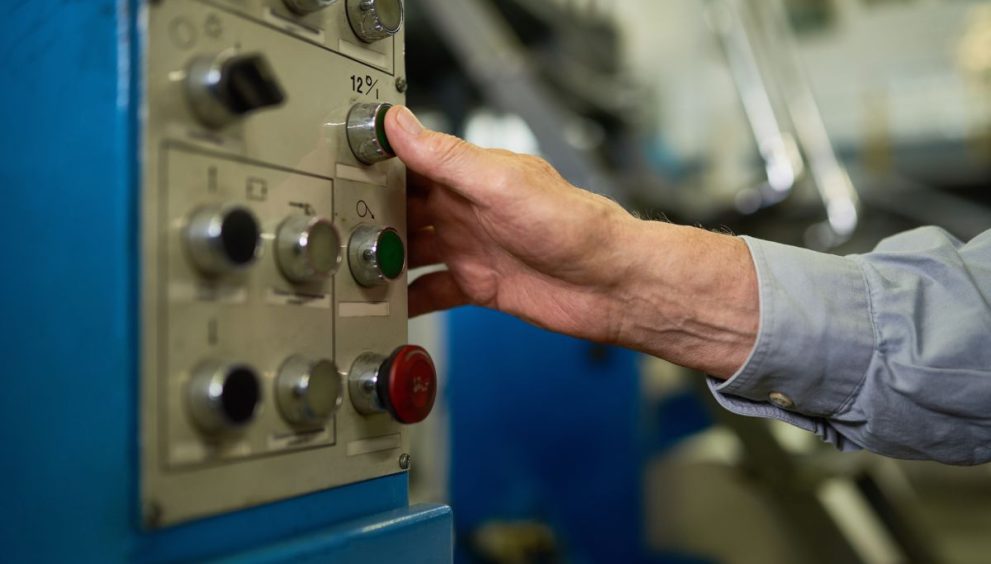
So many actions in our daily lives require us to press a button or a switch in order to make something happen. This could be a momentary use, such as touching the buttons on a mobile phone, or something that you need to stay on or off like a light switch. Each type of button or switch is carefully selected for the job so that it is exactly what is needed for that task.
When it comes to deciding which switch or button to use, it is important to think about what you need it to accomplish, how it will be used, and whether it is the best choice for the job. Read on to discover all you need to know about push button switches, and where they are best utilised…
What is a push button switch?
A push button switch, much like it sounds, is a switch that is pushed or pressed in order to complete a circuit, break a circuit, and carry out whatever action you want to occur. Switches are used to connect or disconnect a pair of terminals so that they are ‘closed’, or connected and working, or ‘open’, where they are disconnected and therefore not working.
There are many kinds of switches for you to choose from, but for many tasks push button switches are the best. They are simple to use, easy to understand, and are cheaper than many other switches on the market. Some of the other types of switches available include:

- Rotary switches – these have multiple positions to which you can turn them by rotating a knob. These are used primarily for electrical equipment requiring various settings or speeds such as fans, dimmers, and musical equipment such as speakers and amps.
- Toggle switches – these have two or more options that you can choose from by flipping a lever. Some examples of popular uses for toggle switches include car headlights, control panels of aeroplanes, and various electrical toys.
- Selector switches – these again have several options which can be activated by rotating your switch or using a lever. These can be used to switch between circuits, and are often used in the industrial sector, as well as the automotive and manufacturing industries among others.
- Reed switches – these are a special kind of switch, activated not by pressing like most other switches, but rather using magnets. They are often used in security systems, as well as in laptops, mobile phones, and more.
- Rocker switches – one that pretty much everyone should be familiar with, this switch is most famously used to turn lights on and off. Rocker switches consist of a lever with two outcomes, usually on and off, which can be rocked into position by pressing down.
What are the different types of push button switches?
The main types of push-button switches are those that carry out the required action of connecting or disconnecting the circuit only while you press it. And those that keep working after the pressure is removed. These are called momentary switches and alternate switches.
Momentary switches
These switches work so that while they are pressed down a certain action happens, which then stops when you are no longer pressing down. That is, if the purpose of the switch is to disconnect a circuit and stop a piece of equipment from working, it will stop while you are pressing the button, and start up again once you let go.
Likewise, if the switch connects the circuit, it will only be connected while you are pressing the switch and will disconnect again when you let go. This can be extremely useful in many areas, such as your doorbell at home. It only rings while being pressed, and it would be incredibly annoying if you had to switch it off every time you had a visitor.
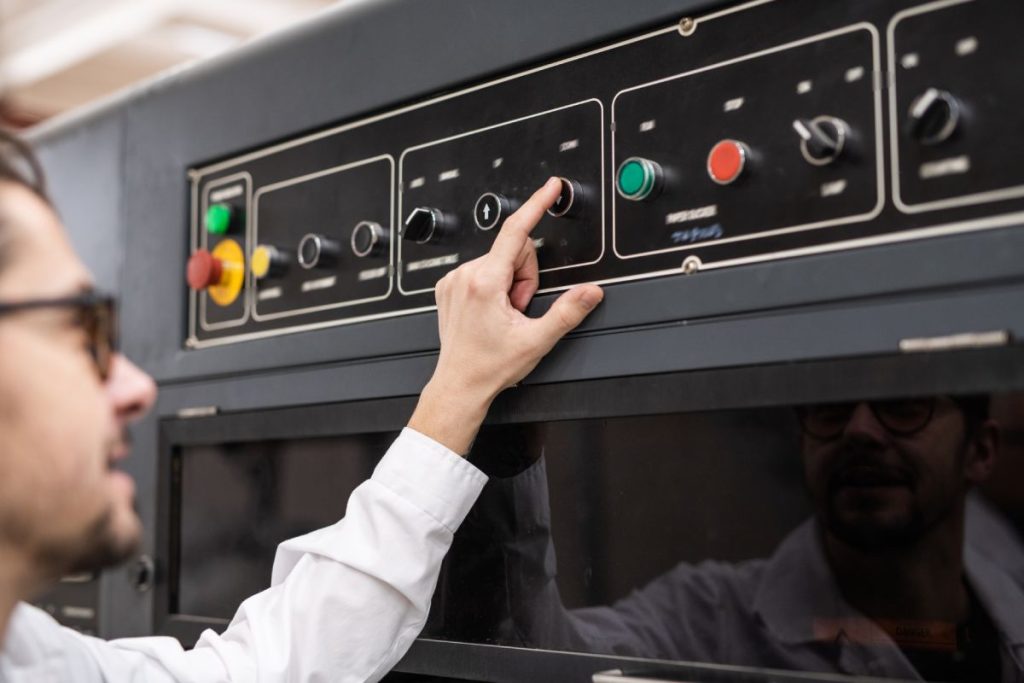
Alternate switches
An alternate switch remains on after you have finished pushing it. By pushing the button, you are in effect pushing it into a position that it then maintains until it is pushed again. Also known as a self-holding type of push button, it remains in the on position for as long as you want or need it to.
An example of this would be your TV or stereo on/off button, which stays on once pushed until you push it again to turn it off. This would again be extremely irritating if the type of push button switch were changed to a momentary switch, where you would be forced to hold the button in to enjoy your show.
What are the advantages of push button switches?
There are a great many advantages to push button switches, which explains why they are such popular choices in our homes and workplaces. Some of the key advantages to push button switches include:
- They are firm and easy to use
- They don’t take up a lot of space on switchboards
- They are easy to accommodate anywhere that you need
- They are cheap even compared to other types of switches
- They are nearly fool-proof to use versus other, more complicated switches
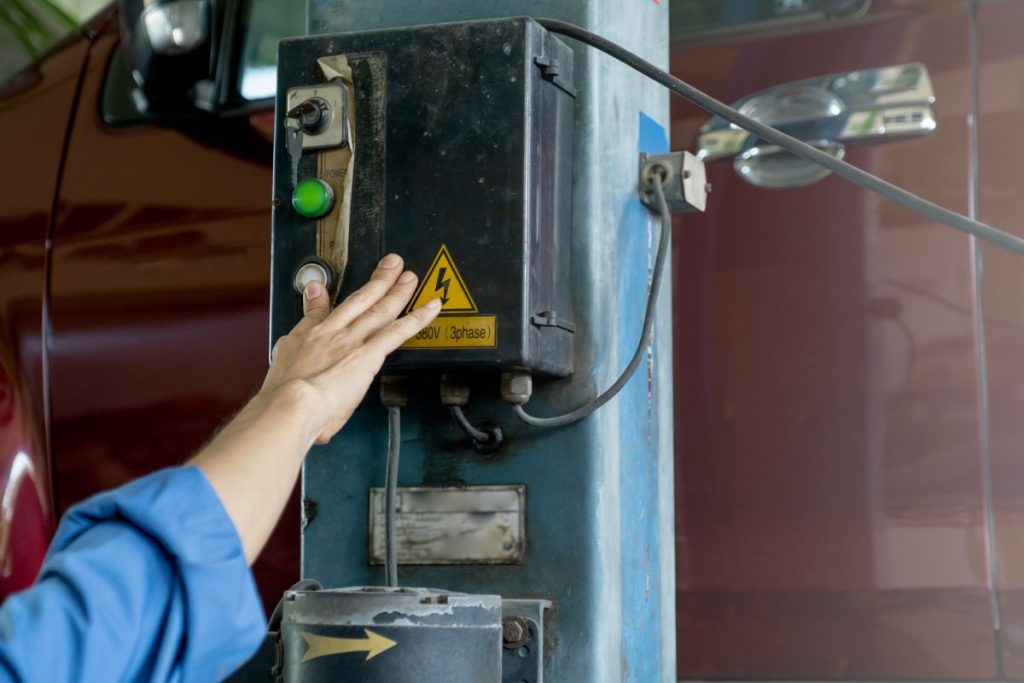
What are the disadvantages of push button switches?
There are disadvantages to every type of switch, and push button switches are no exception. Some of the key disadvantages to these switches are:
- They do not work in every situation – certain types of equipment and actions will require more options and different switches to function.
- They can wear out – regular pushing can wear out the switch, causing the need to replace it, but also for it not to work if such wear goes unnoticed.
Final thoughts
As you can see, there is great variety even just in push button switches, and these are just one of the many types of switches available on the market. The clear advantages of using these switches include the simplicity of their design and function, the price, and the amount of space they take up.
If you have a piece of equipment or function that needs to be turned on or off. And if you are looking for a switch that is easy to use and that won’t let you down, push button switches may well be the right choice for you.

 English
English 










































